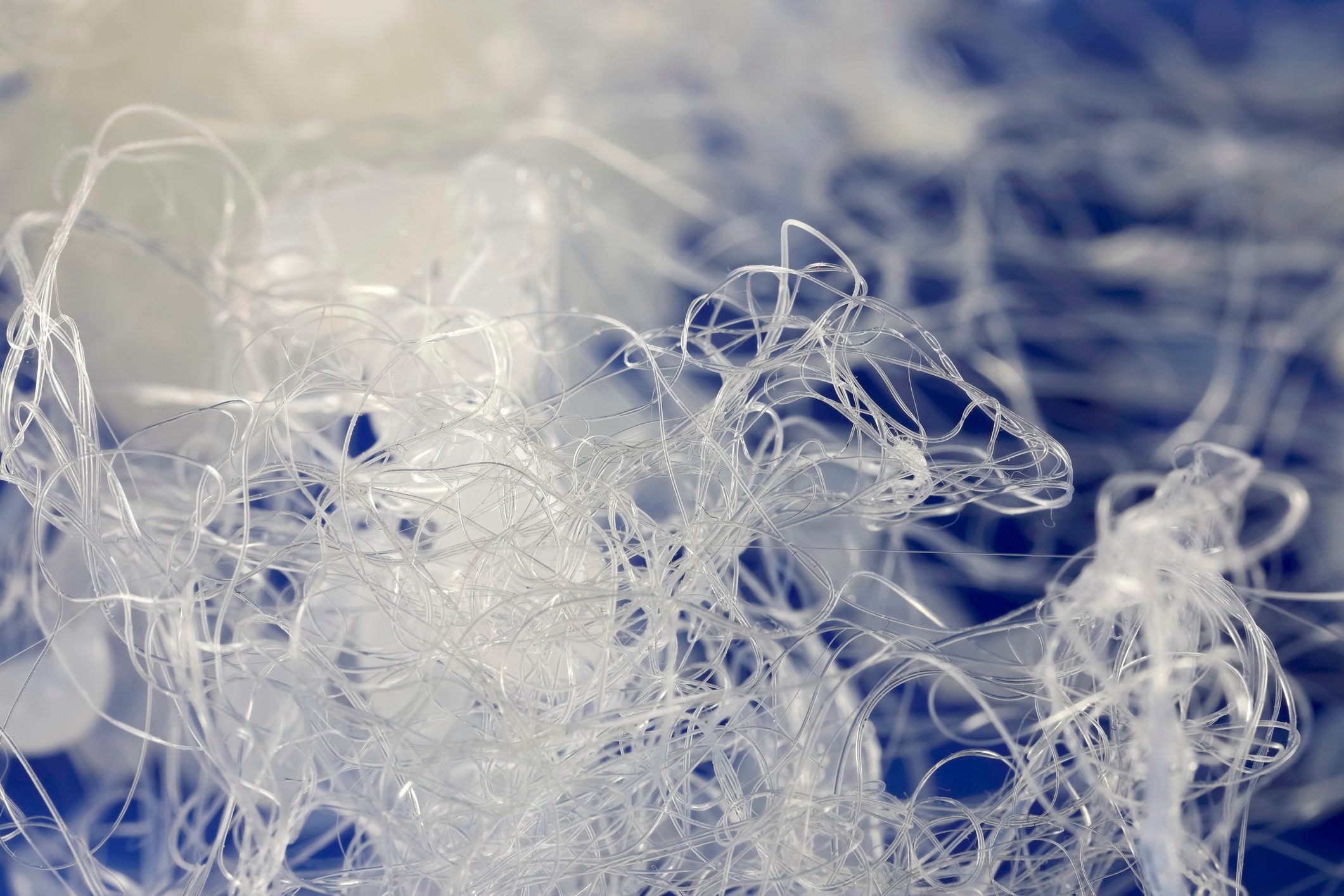Microplastics appeared to show more prominent presence over the course of the past decade, according to medical researchers in the USA.

New Study Reveals Concerning Amount of Microplastics in Human Brains

Microplastics are tiny—smaller than five millimeters in size, according to the National Ocean Service—but science is continually teaching us how they accumulate to have not-so-tiny implications on our health.
As remnants of deteriorating plastic items, these microscopic particles can be found everywhere from cosmetics and cleaning items to produce, seafood, and table salt. And while more research is needed to understand the full effect on humans, studies on microplastics in cell cultures and marine wildlife indicate oxidative damage, DNA damage, and an increased risk of cancer, according to Harvard Medicine. Researchers have found microplastics to be present throughout most of the human body, including the liver, kidneys, heart, testicles, placenta, and, yes, brain. In fact, rates of microplastics found in human brains appear to be on the rise.
A 2025 study published in Nature Medicine revealed that the amount of microplastics and nanoplastics, a type of microplastic invisible to the human eye, found in brains notably increased over a period of just eight years.
Biology, pharmacology, and engineering researchers from the University of New Mexico studied postmortem human livers, kidneys, and brains samples from 2016 and 2024 autopsies. They determined the brains contained seven to 30 times the amount of microplastics found in the livers and kidneys. Further, brain samples obtained from deceased dementia patients had an “even greater” presence.
What’s more, the researchers found that the average brain contained seven grams of microplastics—the weight of a disposable plastic spoon.
“These results highlight a critical need to better understand the routes of exposure, uptake and clearance pathways and potential health consequences of plastics in human tissues, particularly in the brain,” the researchers report.
One silver lining from the study, however, is that the amount of microplastics found in the brains of people, both young and old, were similar when they died. “This suggests that our bodies do clear these nanoparticles,” noted Dr. Matthew Campen, the lead author of the study, who added that “we’re not just accumulating them over our lifetimes.”
That’s progress, as 2024 research found that people consume the equivalent of 12 plastic grocery bags in microplastics each year.
For daily wellness updates, subscribe to The Healthy by Reader’s Digest newsletter and follow The Healthy on Facebook and Instagram. Keep reading:

















